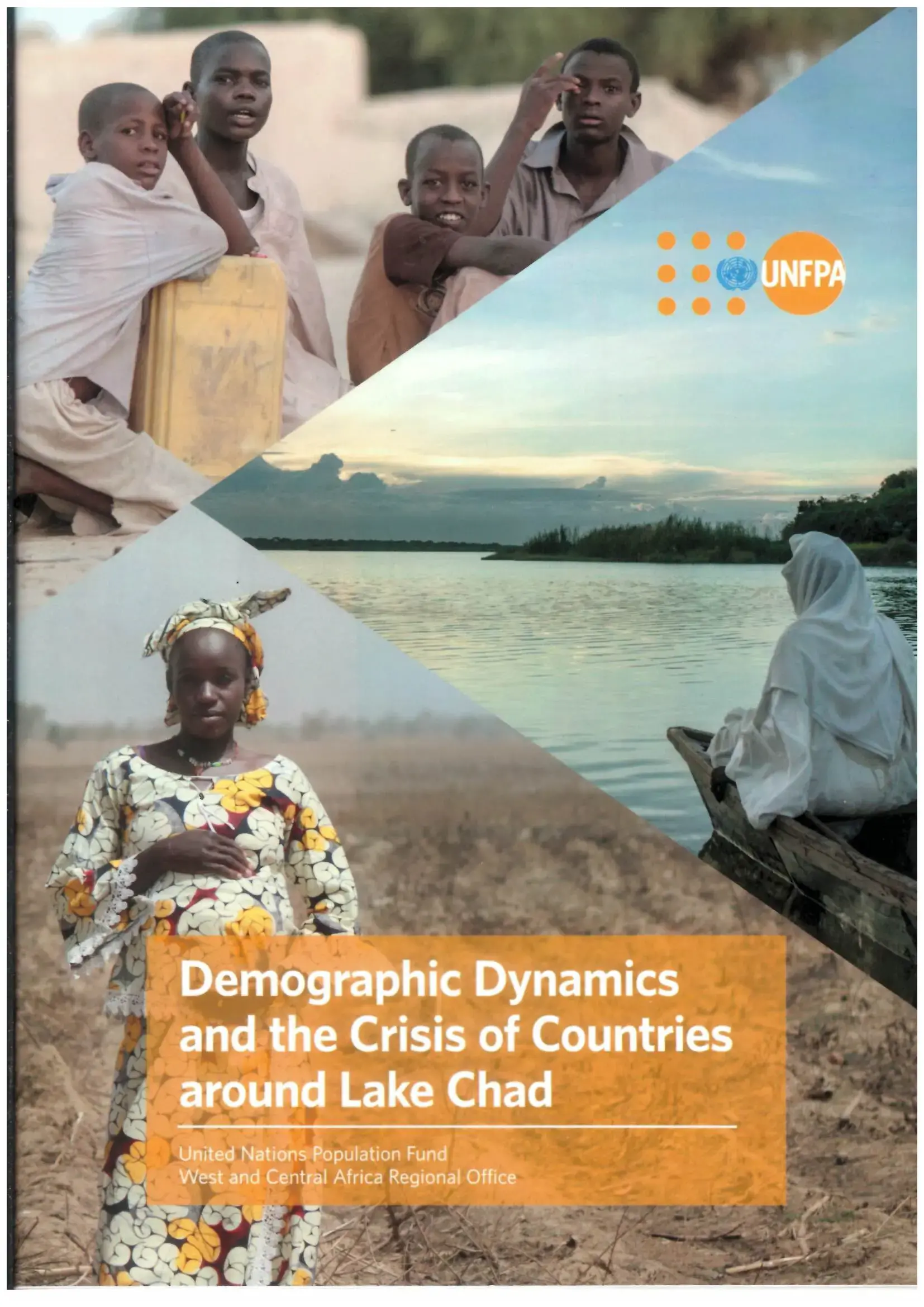Despite its high economic potential, evidenced by the existence and exploitation of abundant mineral resources in the region (oil in Cameroon, Nigeria and Chad, and uranium in Niger), the Lake Chad Basin (LCB) faces numerous environmental, socio-economic and security challenges. Further, beside the climatic changes (constant drought) aggravating the lake’s gradually dwindling waters and the resulting repercussions on poverty, this part of Africa suffers violent extremism from the acts of terror perpetrated by Boko Haram, which since 2002, continues to spearhead regular attacks against border communities. The prevailing situation across Cameroon, Nigeria, Niger and Chad, has attracted the spread of international terrorism and the growing vulnerability of local communities in the region as a whole.
The region’s high population growth, one of the highest worldwide, is among the many causes of the crises in the LCB, whose population is likely to double over the next twenty years. While significant progress is indeed being made in the other regions of Africa, the Lake Chad Basin countries are still lagging behind in their demographic transition. Unlike, the classic pattern of demographic transition, the decline in child mortality, seen in recent years in this region and in most countries worldwide, is yet to induce a significant drop in fertility. The average number of children per woman in most of the countries remains high at close to or above five children per woman, with no current signs of a significant decline. Foreword This part of West and Central Africa has consequently become the centre of international humanitarian and development concerns. 6 The multifaceted crises observed in the Lake Chad Basin indicates a compelling need for the international community to respond to the numerous challenges, through concerted humanitarian and sustainable development initiatives, that have a particular focus on women and young people who are most at risk. Such a forward-looking perspective should include indepth and more strategic thinking on the social and economic support that would need to be implemented. A lack of substantial investment in specific areas, particularly in education, health and stable job creation for the youth, is likely to aggravate the consequences for these countries, resulting in increased levels of adolescent pregnancies, increased unemployed or idle young people, growth of the informal low productivity sector, and a smaller proportion of wage earners. It is in such contexts that migration may seem as a viable alternative to unemployment for young people-- a situation which could intensify in the decades ahead and exacerbate regional tensions, humanitarian disasters or the existing radicalization. Recognizing this, the United Nations Population Fund (UNFPA), resolved to align the core pillars of its vision for development with the concept of "Leaving no one behind" and "Putting Young People First", which are central imperatives in the 2030 Agenda for sustainable development. This demonstrates the Fund’s focus on women and young people, and its commitment to contribute to an effective response to the numerous problems facing the affected populations. The perspective of the Fund also aligns with that of the Secretary-General of the United Nations, Mr. Antonio Guterres, in his mention that "More than three out of five Africans are under 35 years of age. Making the most out of this tremendous asset means more investment in education, training, decent work and engaging young people in shaping their future… Investing in young people also means ensuring security for all of us". I therefore urge all development partners including the donor community to join this effort and put in place a more effective strategy for the development of the Lake Chad Basin.Despite its high economic potential, evidenced by the existence and exploitation of abundant mineral resources in the region (oil in Cameroon, Nigeria and Chad, and uranium in Niger), the Lake Chad Basin (LCB) faces numerous environmental, socio-economic and security challenges.
Further, beside the climatic changes (constant drought) aggravating the lake’s gradually dwindling waters and the resulting repercussions on poverty, this part of Africa suffers violent extremism from the acts of terror perpetrated by Boko Haram, which since 2002, continues to spearhead regular attacks against border communities.
The prevailing situation across Cameroon, Nigeria, Niger and Chad, has attracted the spread of international terrorism and the growing vulnerability of local communities in the region as a whole.


